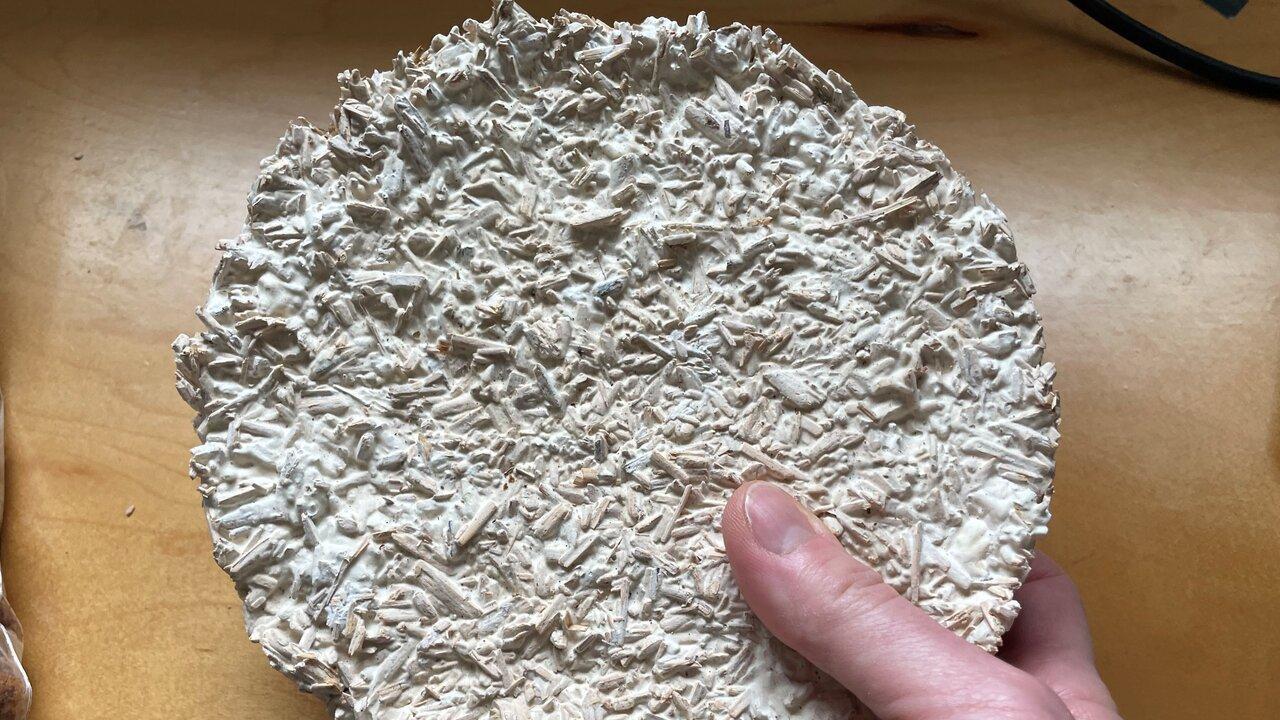
How Can Fungi Roots Create a More Sustainable Planet?
UC Davis researchers studying mycelium, the white filament-like root structure of mushrooms, are making strides towards creating a more sustainable planet.
Researchers found that by growing mycelium with a biomass, such as coffee grounds or leftover agricultural waste, they can create sustainable structures that can be turned into everything from biodegradable plastics and circuit boards to filters that remove harmful antibiotic and pesticide residues from water.
The UC Davis researchers leading the project, funded by the Green Initiative Fund at UC Davis, are Professors Valeria La Saponara (Mechanical and Aerospace Engineering), Nitin Nitin (Biological and Agricultural Engineering, and Food Science and Technology), Ameer Taha (Food Science and Technology) and Katia Vega (Design).
Read the rest of this article at UC Davis Biological and Agricultural Engineering News.
